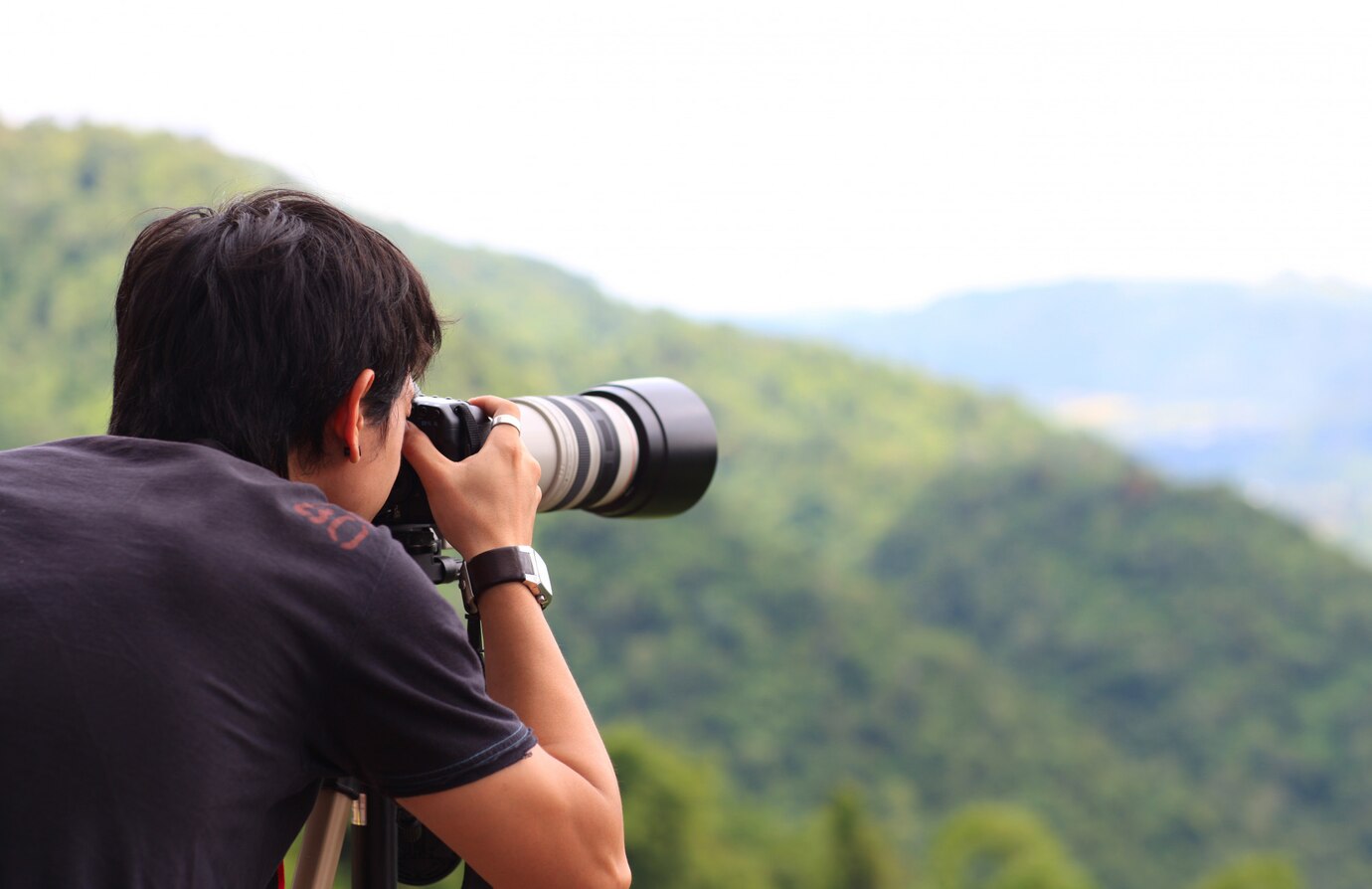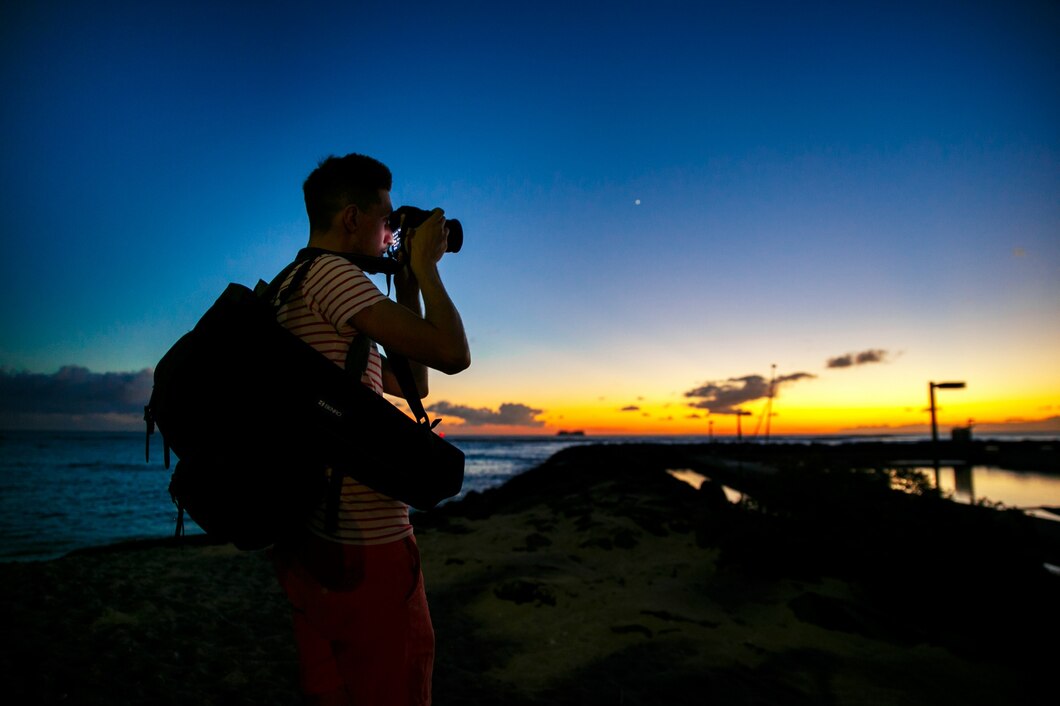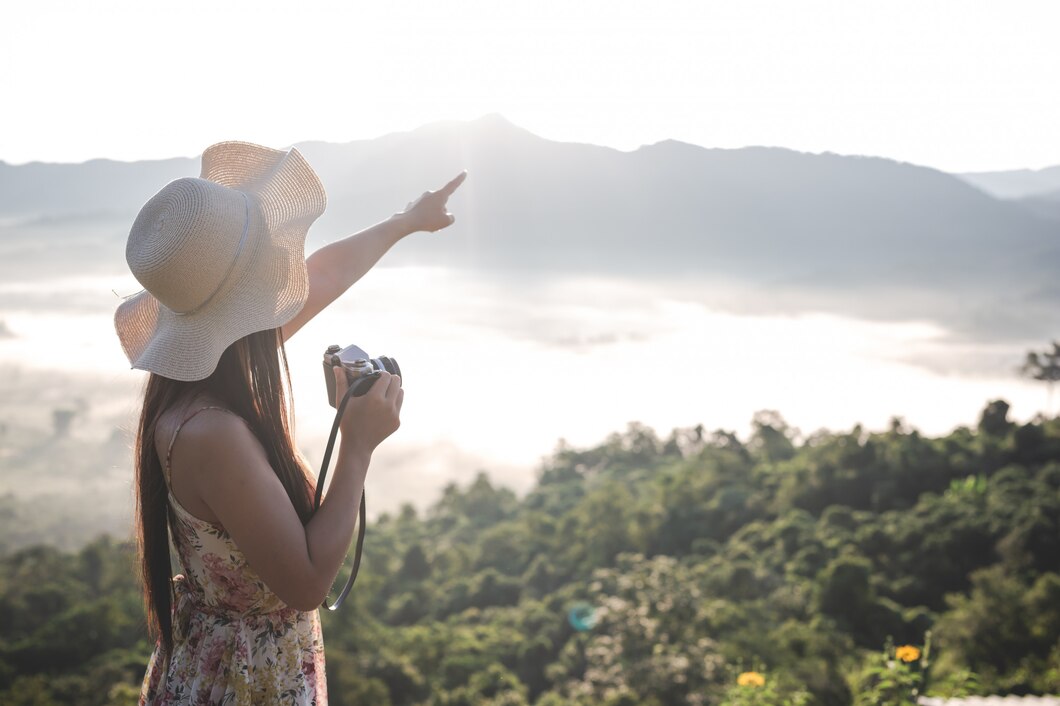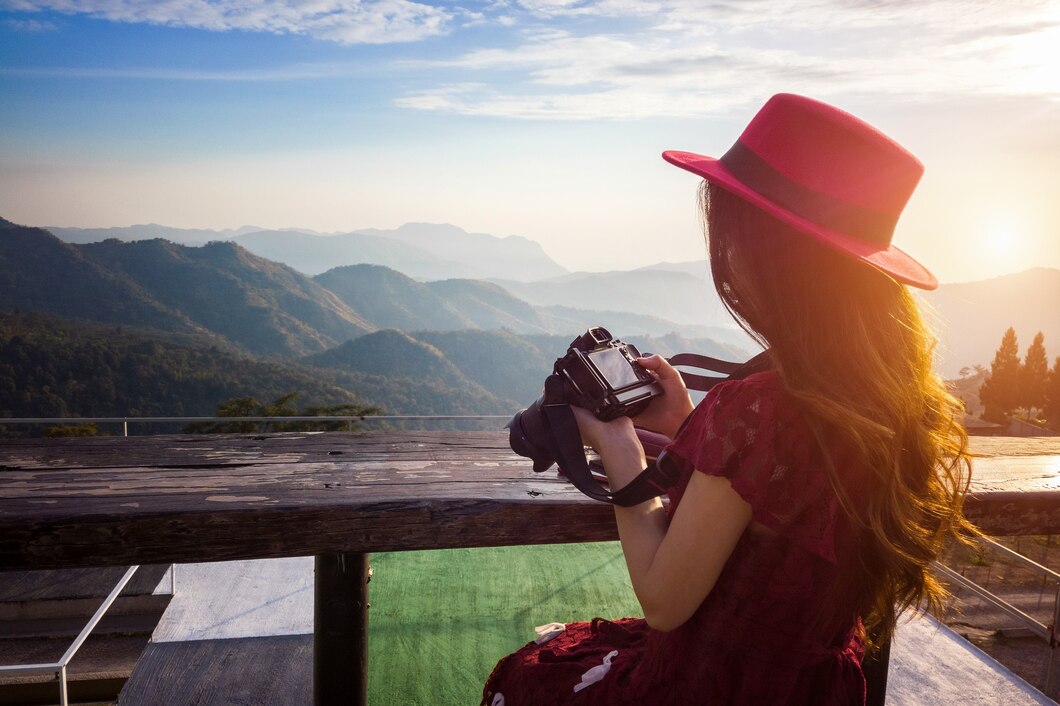Best Camera Settings for Stunning Travel Shots
Capturing the essence of your travel experiences requires more than just a good camera; it demands an understanding of the best camera settings to achieve professional-quality photos. Whether you’re photographing breathtaking landscapes, vibrant cityscapes, or intimate street scenes, optimising your camera settings is key to stunning results.
In this guide, we will explore essential travel photography tips, covering the best camera settings for various situations and conditions. By the end, you’ll be well-equipped to take beautiful, high-quality images on your next journey.
Understanding the Basics of Camera Settings
Before diving into specific travel photography settings, it’s essential to understand the three fundamental elements of exposure: aperture, shutter speed, and ISO.
- Aperture (f-stop): Determines the depth of field and the amount of light entering the lens. A lower f-stop (e.g. f/1.8) lets in more light, creating a blurred background effect, while a higher f-stop (e.g. f/16) keeps everything in sharp focus.
- Shutter Speed: Controls how long the sensor is exposed to light, affecting motion blur and sharpness. A fast shutter speed (e.g. 1/1000s) freezes motion, while a slower shutter speed (e.g. 1/30s) captures movement.
- ISO: Adjusts the camera’s sensitivity to light, influencing image brightness and noise levels. A lower ISO (e.g. 100) ensures crisp images, while a higher ISO (e.g. 3200) brightens low-light shots at the risk of noise.
Mastering these settings will enable you to adapt to different lighting conditions and subjects effectively.

Best Camera Settings for Landscape Photography
Landscape photography is a core part of travel photography, requiring specific settings to capture vast, detailed scenes.
1. Aperture: Use a Narrow f-stop for Sharpness
For sweeping landscapes, use a small aperture (high f-stop number, e.g. f/8 to f/16). This ensures a deep depth of field, keeping both foreground and background elements sharp. Avoid extreme settings like f/22, as diffraction may reduce sharpness.
2. Shutter Speed: Keep it Steady
A slow shutter speed (1/60s or longer) helps capture details, especially in low light. If photographing moving water or clouds, experiment with long exposures (e.g. 5-30 seconds) for a silky effect. A tripod is essential to prevent blur caused by camera shake.
3. ISO: Keep it Low
A lower ISO (100-200) minimises noise and retains image quality. In darker conditions, increase ISO cautiously (e.g. 400-800) to avoid grainy images while maintaining exposure.
4. Focus Mode: Manual or Autofocus?
For precise focusing, use manual focus or select single-point autofocus on a key subject. A good tip is to focus one-third into the scene for optimal depth of field.
5. Use a Polarising Filter
A polarising filter reduces glare from water and enhances sky contrast, making landscapes appear more vibrant and detailed.

Best Camera Settings for Cityscapes and Night Photography
Cityscapes offer a dynamic blend of architecture, lights, and movement. Night photography, in particular, demands strategic settings to capture vivid images.
1. Aperture: Wider for More Light
A wider aperture (f/2.8 to f/5.6) allows more light in, enhancing brightness in low-light conditions. However, for cityscapes where depth of field is crucial, use f/8 to f/11.
2. Shutter Speed: Slow for Light Trails
For creative effects like light trails, use a slow shutter speed (e.g. 1-10 seconds). A tripod is essential to prevent blur. If shooting handheld, maintain a shutter speed of at least 1/60s to avoid shake.
3. ISO: Adjust for Night Conditions
A higher ISO (800-3200) helps brighten night shots, but be cautious of noise. Use noise reduction settings in post-processing if needed. If using a tripod, keep ISO lower (100-400) for cleaner images.
4. White Balance: Adjust for Artificial Lighting
City lights vary in temperature; use the Tungsten or Fluorescent setting for accurate colour representation. Shooting in RAW allows for fine-tuned white balance adjustments later.
Best Camera Settings for Street Photography
Street photography requires quick reflexes and adaptable settings to capture fleeting moments.
1. Aperture: Moderate for Versatility
A mid-range aperture (f/5.6 to f/8) provides a balanced depth of field, keeping subjects sharp while maintaining background context.
2. Shutter Speed: Fast for Moving Subjects
Use a fast shutter speed (1/250s or higher) to freeze movement and capture sharp, crisp images. For fast action, increase to 1/500s or more.
3. ISO: Adapt to Lighting Conditions
For bright daylight, use a low ISO (100-400). In low-light environments, increase ISO (up to 1600) to maintain exposure without compromising too much on quality.
4. Autofocus: Continuous for Moving Subjects
Enable Continuous Autofocus (AF-C) to track moving subjects effectively. If capturing candid moments, use zone focusing to pre-set focus distances for quicker shots.
Best Camera Settings for Portrait Photography
Portraits help tell the story of your travels by capturing the people you meet along the way. The right settings ensure well-lit, natural-looking images.
1. Aperture: Wide for Subject Isolation
A wider aperture (f/1.8 to f/4) creates a shallow depth of field, blurring the background and making your subject stand out.
2. Shutter Speed: Fast to Avoid Blur
To avoid motion blur, use a minimum shutter speed of 1/200s, increasing it if necessary. If using a telephoto lens, ensure the shutter speed is at least 1/focal length of the lens.
3. ISO: Adjust Based on Light
Use ISO 100-400 in well-lit conditions. If shooting indoors or in dim light, increase ISO as needed, up to ISO 1600 for acceptable results.
4. White Balance: Match the Environment
Use Daylight, Cloudy, or Shade settings to maintain natural skin tones. Consider using reflectors to enhance lighting without harsh shadows.

Additional Travel Photography Tips
Besides technical settings, here are a few practical tips to elevate your travel photography:
1. Use the Rule of Thirds
Enable your camera’s grid lines to compose balanced shots, placing key subjects along the intersections.
2. Shoot in RAW Format
RAW images retain more details, making post-processing adjustments easier and more effective.
3. Carry a Lightweight Tripod
A portable tripod helps with night photography, long exposures, and steady landscape shots.
4. Experiment with Different Angles
Try shooting from low or high angles to create unique perspectives and add depth to your images.
5. Adjust Exposure Compensation
Use exposure compensation (+/- EV) to fine-tune brightness in tricky lighting conditions.
6. Pack Extra Memory Cards and Batteries
Running out of storage or battery can ruin a great photo opportunity. Carry spares to ensure uninterrupted shooting.
Final Thoughts
Unlocking the secrets of the ideal camera settings for travel photography may seem daunting. Yet, it opens the door to breathtaking images that narrate captivating tales. Whether you’re framing vast landscapes, bustling cityscapes, lively street scenes, or intimate portraits, grasping the aperture, shutter speed, and ISO is essential. Master these fundamentals, and you’ll safeguard your memories in stunning detail for years.

